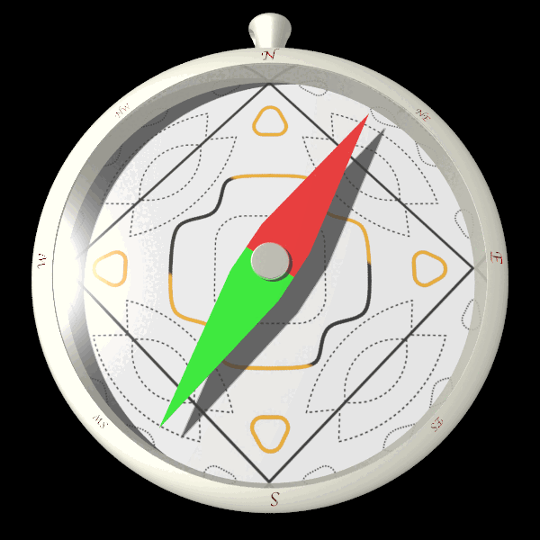 Read in our new preprint by Masahiro and Izidor about how we can control nematicity in the surface layer of Sr3Ru2O7 by vector magnetic fields. Dependent on the direction of the applied field, we find checkerboard charge modulations, nematicity and stripe modulations which can all be explained from a minimal tight-binding model that accounts for magnetism and spin-orbit coupling. Key open question: can the same minimal model explain the behaviour in the polarized phase in the bulk?
Read in our new preprint by Masahiro and Izidor about how we can control nematicity in the surface layer of Sr3Ru2O7 by vector magnetic fields. Dependent on the direction of the applied field, we find checkerboard charge modulations, nematicity and stripe modulations which can all be explained from a minimal tight-binding model that accounts for magnetism and spin-orbit coupling. Key open question: can the same minimal model explain the behaviour in the polarized phase in the bulk?
Full reference:
M. Naritsuka, I. Benedičič, L.C. Rhodes, C.A. Marques, C. Trainer, Z. Li, A.C. Komarek, and P. Wahl, Compass-like manipulation of electronic nematicity in Sr3Ru2O7, arxiv/2305.11210.

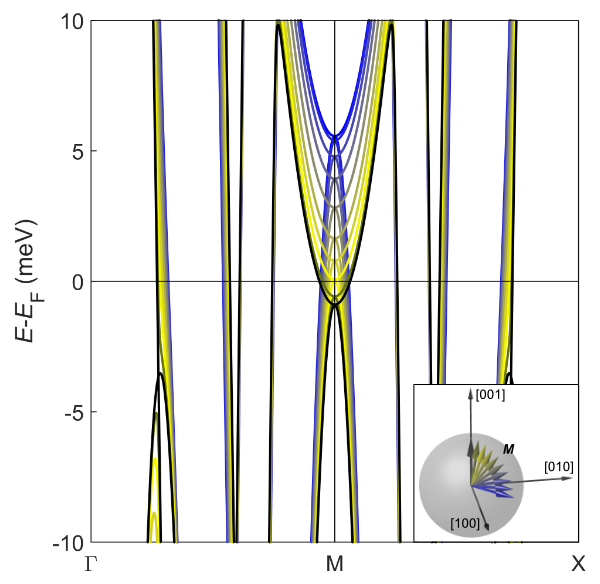

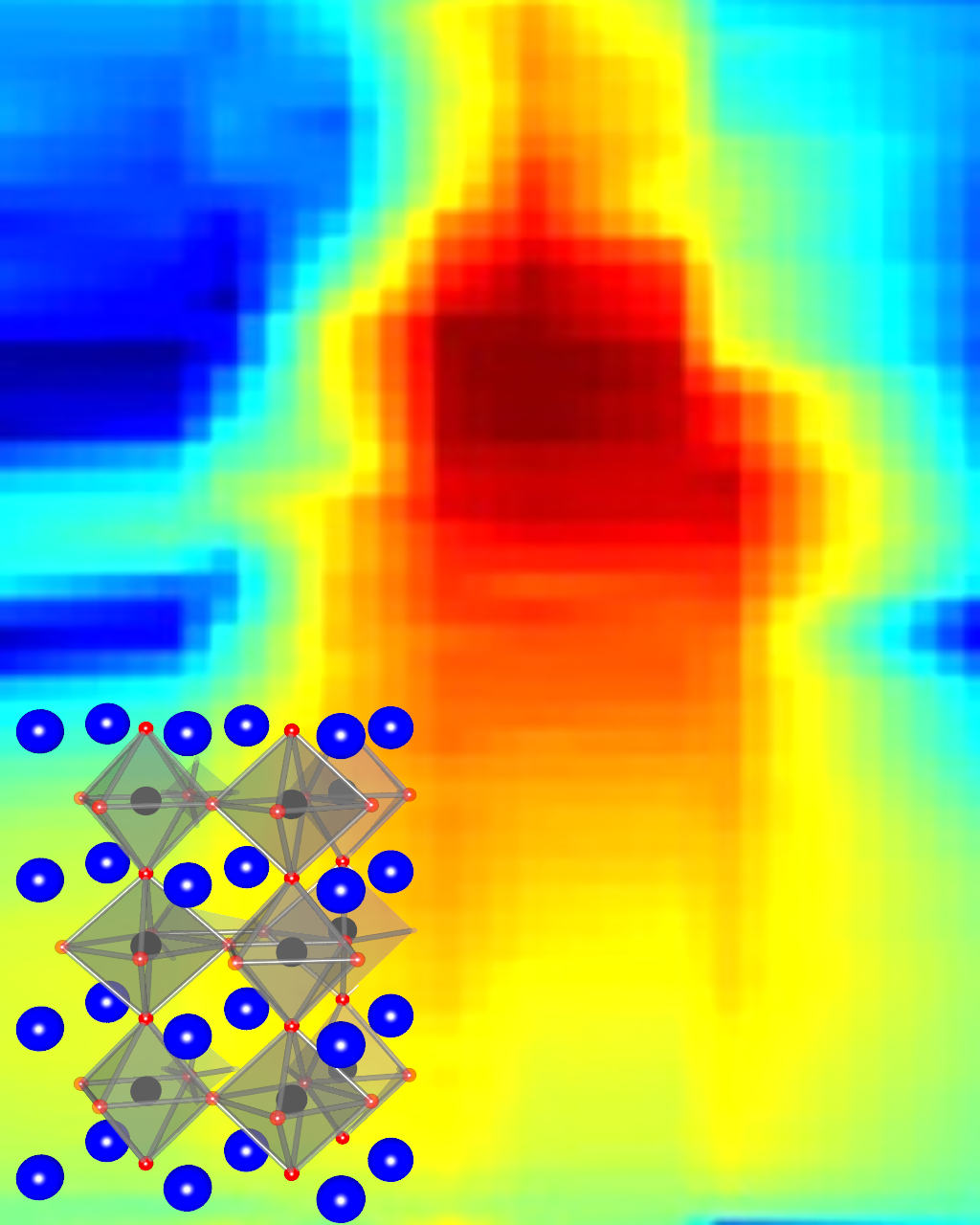
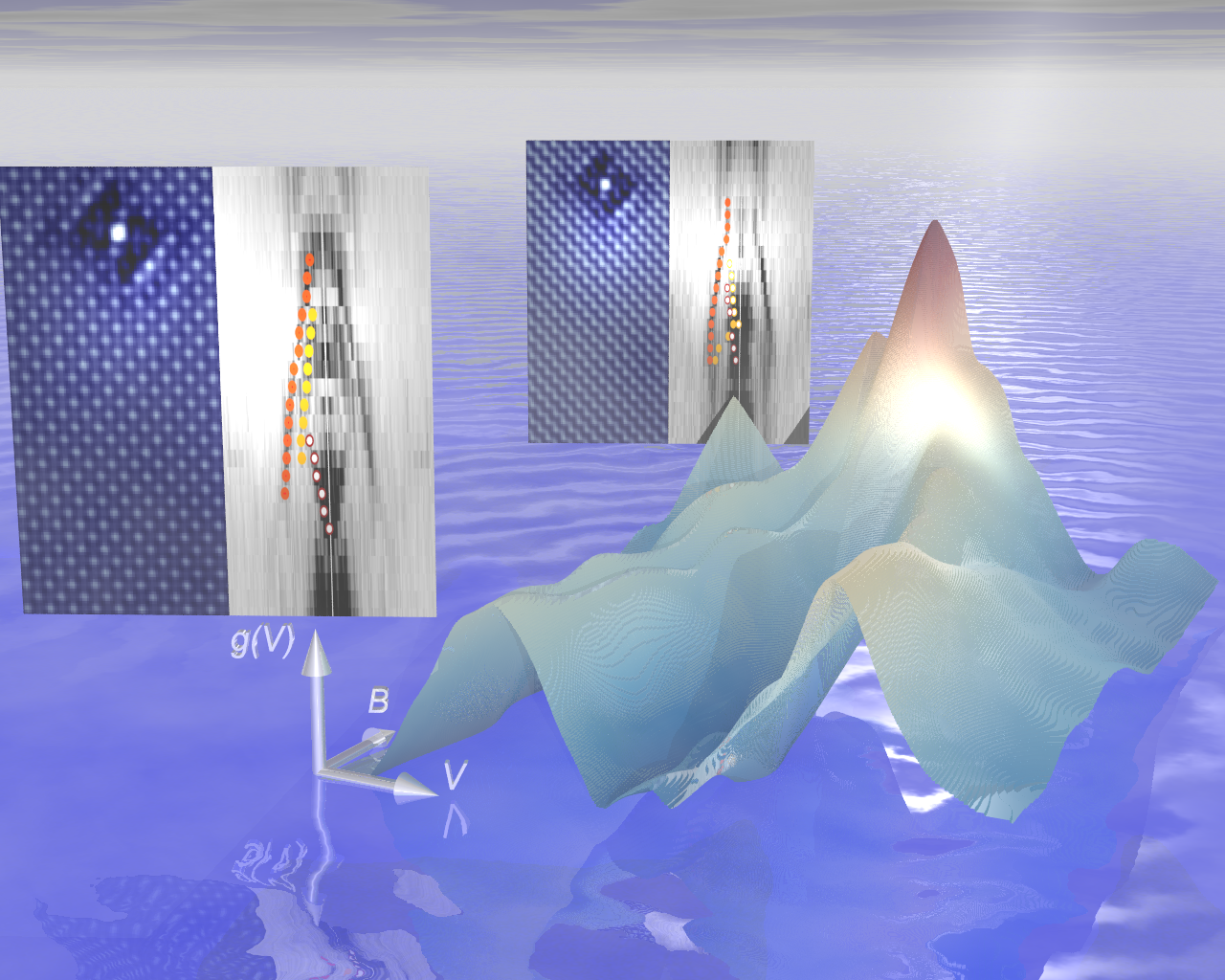
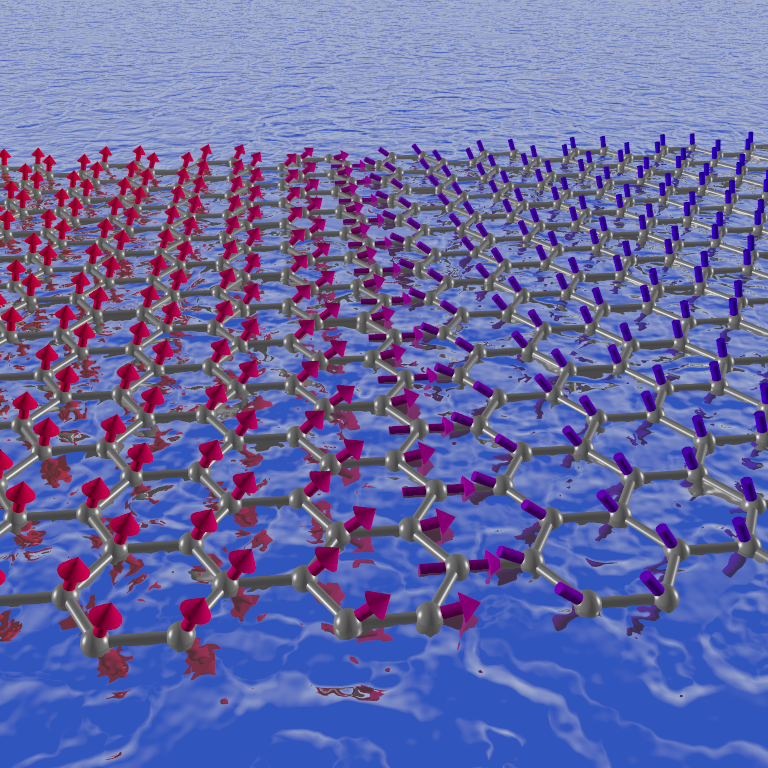
 Meet us and hear about our research at the
Meet us and hear about our research at the 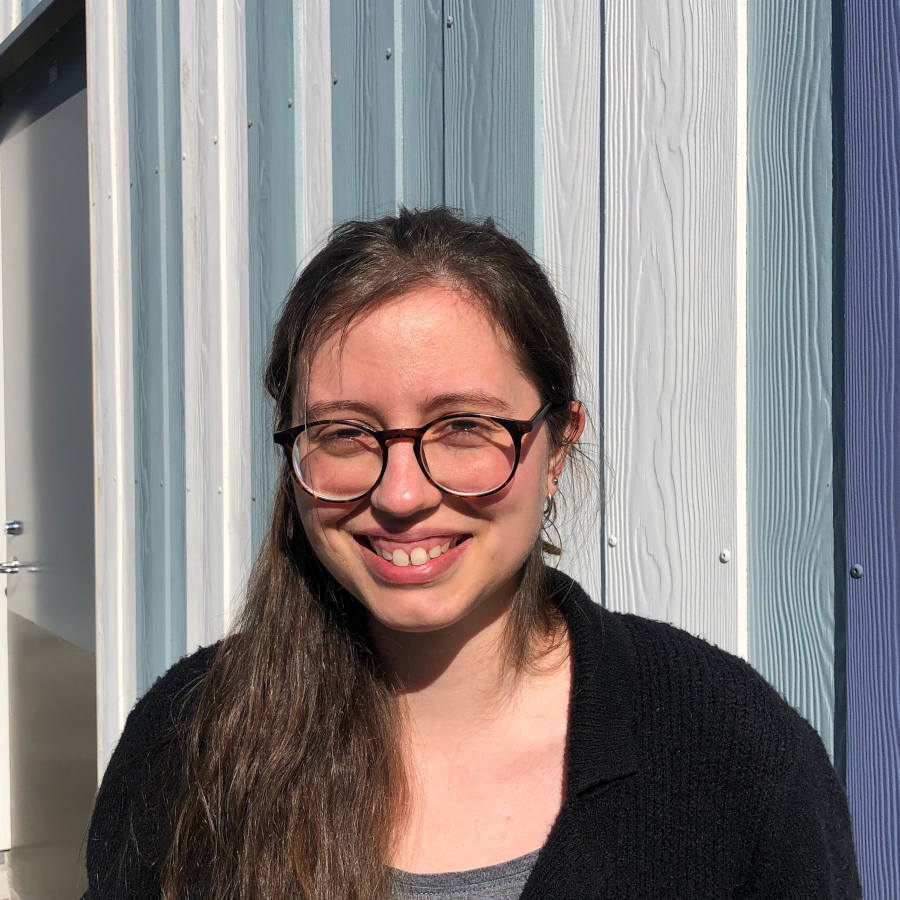
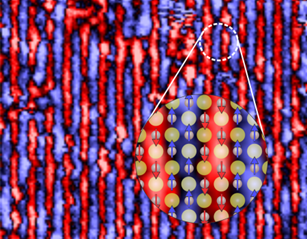 The 2022 recruitment round for PhD positions is open!
The 2022 recruitment round for PhD positions is open!